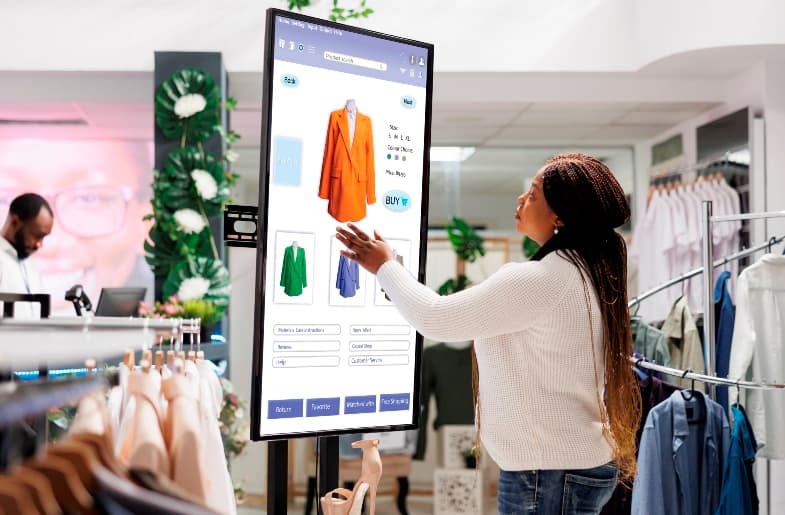Retail has always been about getting products into customers’ hands quickly and efficiently. Today, automation is taking that idea to a whole new level. From the moment goods arrive at a store or warehouse to the second a customer pays, technology can now manage nearly every step.
Automated systems help track inventory, restock shelves, speed up checkout, and even personalize the shopping experience. Retailers are investing heavily in these tools because they not only save time but also reduce costs. The result is a shopping process that’s faster, more accurate, and more satisfying for customers.
Smarter Inventory Management
One of the biggest headaches in retail is keeping track of stock. Automated inventory systems solve this by constantly monitoring what’s on the shelves and in storage.
Sensors, scanners, and AI-powered software can instantly record when an item is sold or moved. This allows stores to reorder products before they run out, preventing lost sales.
The data also helps retailers understand which items are most popular and which are slow to sell. By automating inventory management, businesses can respond more quickly to demand and reduce waste from overstocking.
Security in an Automated Retail World
With so much customer and transaction data flowing through automated systems, security can’t be an afterthought. Retailers often use managed detection and response (MDR) services to monitor for unusual activity and stop cyber threats before they cause harm.
These services work in the background, keeping both the business and its customers safe without slowing down operations. Whether it’s protecting payment systems or securing data from self-checkout machines, having strong cybersecurity measures in place is just as important as having efficient automation tools.
Faster, Friendlier Checkout
Automation is changing the way people pay for their purchases. Self-checkout stations are now common in grocery stores, allowing customers to scan items and pay without waiting in long lines.
Mobile payment apps make it even easier. Shoppers can check out with just a tap of their phone. In some stores, automated checkout systems even recognize items as they’re placed in a cart, eliminating scanning entirely.
This speed and convenience help improve the shopping experience, encouraging customers to come back. The key is making sure these systems are user-friendly and reliable.
Read Also: Is HR Automation Necessary for a Startup?
Personalized Shopping Experiences
Automation isn’t just about efficiency. It can also make shopping more personal. By analyzing customer purchase history, AI tools can suggest products a shopper might like.
Digital displays can show personalized ads or offers when a customer walks by. Online, automated systems can adjust what’s shown based on browsing habits, creating a tailored experience that feels more relevant.
When customers feel like a store understands their preferences, they’re more likely to make a purchase and return in the future.
The Future of Automated Retail
The next wave of automation in retail will likely include even more advanced AI, robotics, and predictive technology. Imagine shelves that restock themselves, drones delivering online orders within hours, or stores without traditional cashiers at all.
While technology will continue to make shopping faster and more convenient, it will also raise new questions about privacy, security, and the human touch.
Retailers that find the right balance between automation and personal service will be the ones that thrive in the years ahead.

Comments are closed, but trackbacks and pingbacks are open.